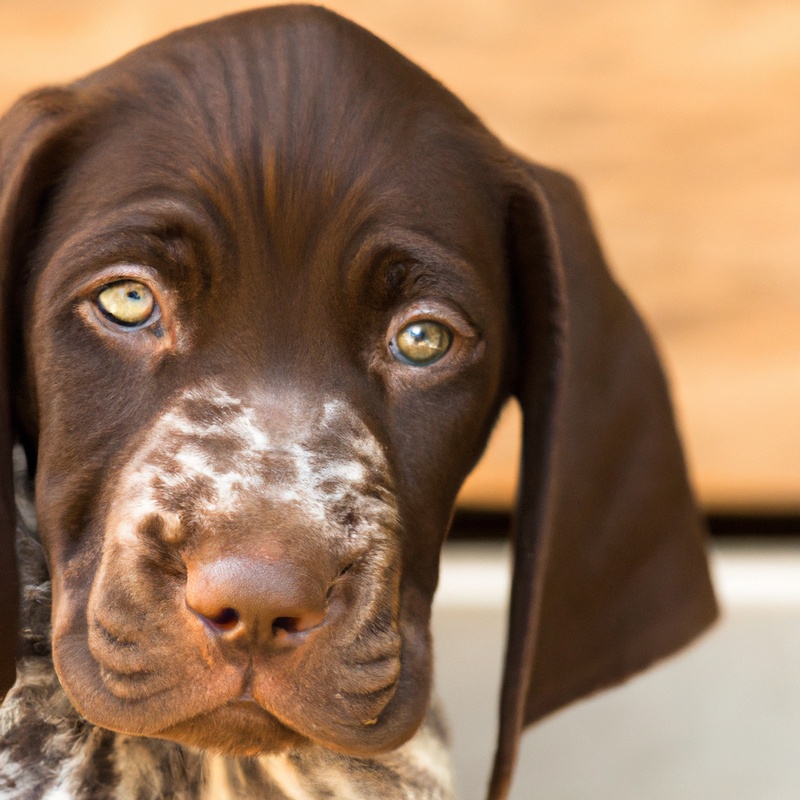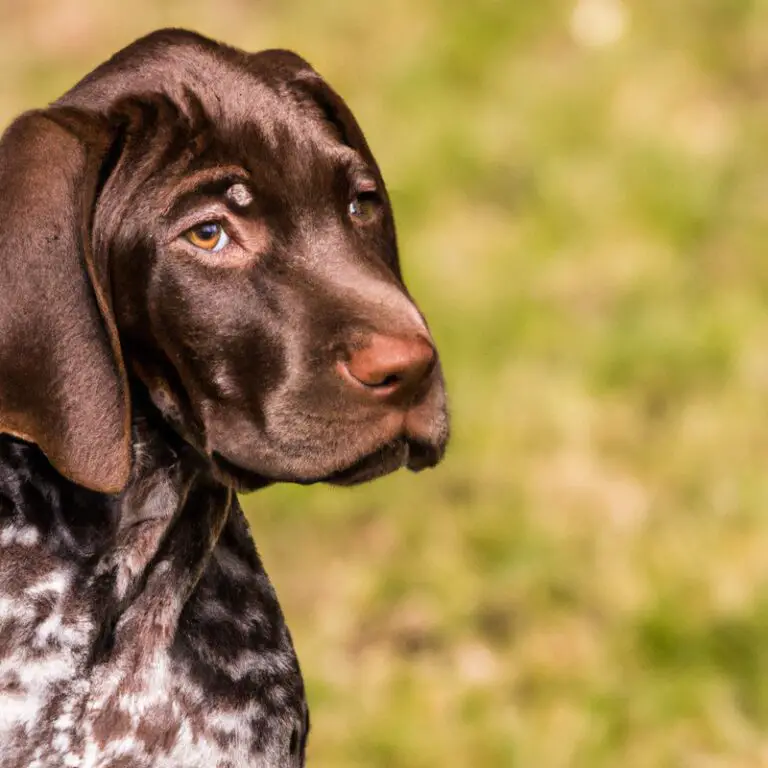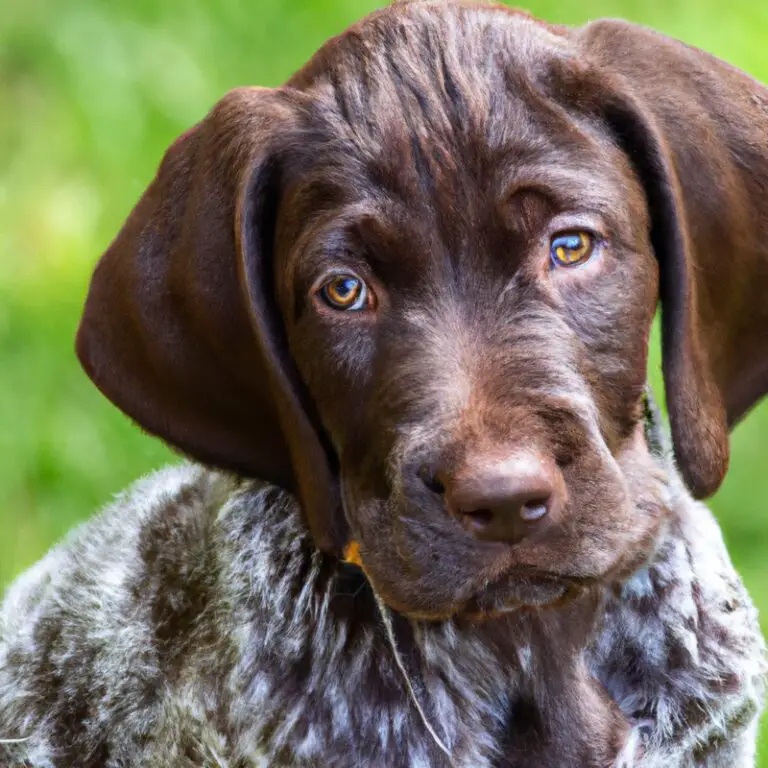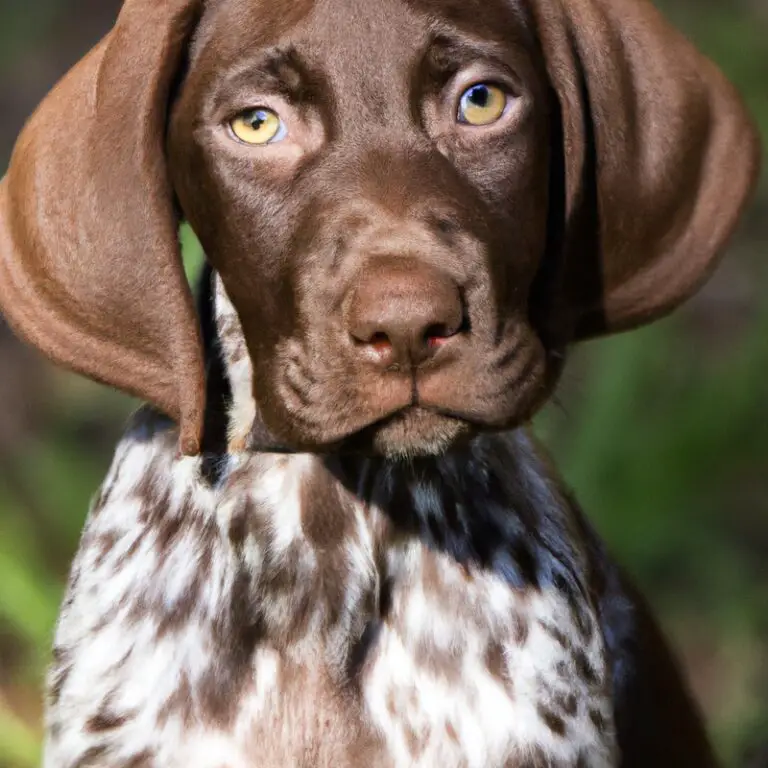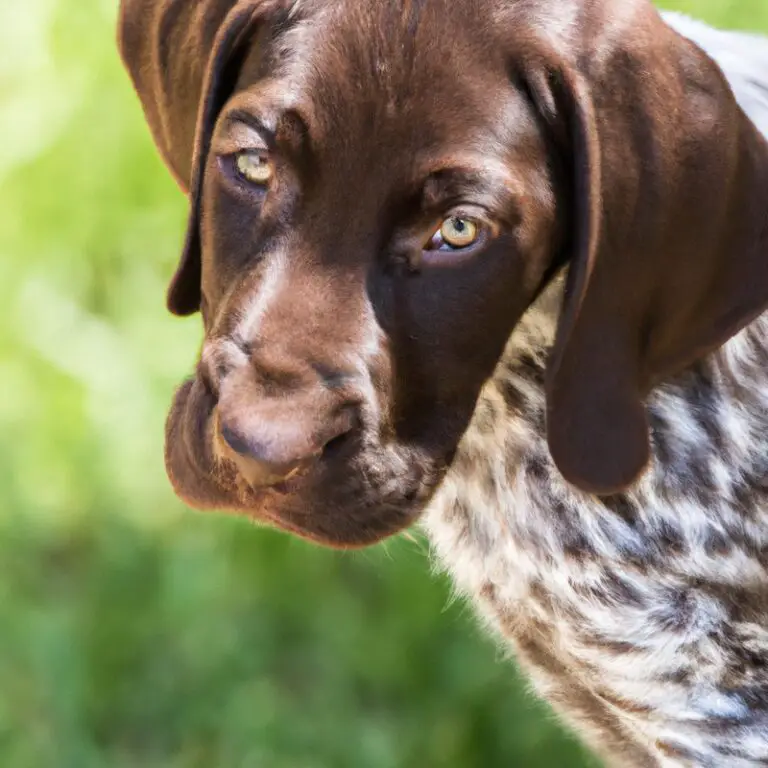Are German Shorthaired Pointers Prone To Separation Anxiety?
Key Takeaways:
- German Shorthaired Pointers are not particularly prone to separation anxiety.
- Separation anxiety can occur in any dog breed, including German Shorthaired Pointers.
- Proper training and socialization can help prevent separation anxiety in German Shorthaired Pointers.
- Providing mental and physical stimulation can reduce the risk of separation anxiety in this breed.
Are German Shorthaired Pointers prone to separation anxiety? If you’ve ever owned one of these energetic and intelligent dogs, you may have wondered about their emotional well-being when left alone.
As an expert in canine behavior, I’ve seen firsthand the challenges that separation anxiety can present for German Shorthaired Pointers and their owners.
In this article, we’ll delve into the world of separation anxiety, exploring its causes, common signs, and how it specifically affects German Shorthaired Pointers. I’ll also share strategies to help your furry friend overcome this anxiety and tips for prevention.
So, let’s dive in and provide some relief for our beloved German Shorthaired Pointers!
| Aspect | German Shorthaired Pointers |
|---|---|
| Separation Anxiety Prone? | Yes |
| Severity | Moderate to high |
| Causes | Genetics, lack of socialization, traumatic experiences |
| Symptoms | Pacing, excessive barking, destructive behavior |
| Treatment | Behavioral training, desensitization, medication if severe |
| Prevention | Early socialization, gradual separation training |
Understanding Separation Anxiety in Dogs
What is Separation Anxiety?
Separation anxiety is a common behavioral problem that some dogs experience when they are left alone or separated from their owners. It’s like a feeling of distress or unease that can cause them to exhibit behaviors such as excessive barking, destructive chewing, or incessant pacing.
Basically, when a dog has separation anxiety, they can’t handle being alone and become stressed out.
They often become very attached to their owners and feel anxious when they are not around. Even short periods of separation can trigger these anxious behaviors.
It’s important to understand that separation anxiety is not a sign of disobedience or spite in dogs.
It’s a genuine emotional reaction to being separated from their caretaker. However, it can be managed and improved with proper training and behavior modification techniques.
The best approach to dealing with separation anxiety in dogs is to seek professional help from a veterinarian or a certified dog trainer who specializes in behavior problems.
They can assess the specific situation and provide guidance on how to effectively address the issue.
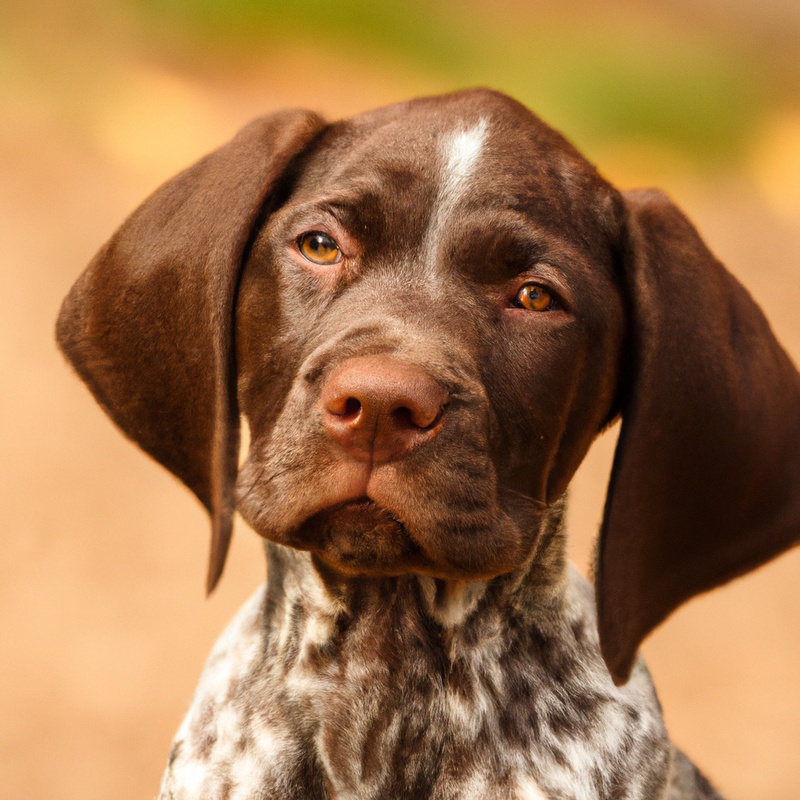
Common Signs of Separation Anxiety in Dogs
Common Signs of Separation Anxiety in Dogs First and foremost, it’s important to understand that dogs with separation anxiety can exhibit a range of signs that indicate their distress when left alone. These signs can vary from mild to severe, and may include:
- Excessive barking or howling: If your dog is barking or howling excessively when you’re not around, it could be a sign of separation anxiety.
- Destructive behavior: Dogs with separation anxiety may engage in destructive behavior, such as scratching doors or chewing on furniture, in an attempt to cope with their anxiety.
- Pacing and restlessness: If your dog is constantly pacing or appears restless when left alone, it could be a sign of separation anxiety.
- Escape attempts: Some dogs with separation anxiety may try to escape from their confinement area, such as a crate or a room, in an effort to find their owners.
- House soiling: Dogs with separation anxiety may have accidents indoors, even if they are usually well-trained, due to the stress of being left alone.
- Excessive drooling or panting: Excessive drooling or panting, especially when it’s not hot or they haven’t been physically active, can be a sign of separation anxiety.
Factors Affecting the Development of Separation Anxiety
Factors affecting the development of separation anxiety in dogs can vary from individual to individual. It’s important to consider these factors when trying to understand and address separation anxiety in your furry friend.
- Early experiences: Dogs that have had negative or traumatic experiences when left alone early in life may be more prone to developing separation anxiety. These experiences can create a sense of fear and distress when their owners are away.
- Breed predisposition: Some dog breeds, such as German Shorthaired Pointers, may be more prone to separation anxiety. This doesn’t mean all dogs of these breeds will develop it, but it’s something to be aware of when considering a new furry companion.
- Lack of exercise and mental stimulation: Dogs need physical exercise and mental stimulation to stay balanced and content. When they don’t get enough of these, they may become anxious and restless, which can contribute to separation anxiety.
- Changes in routine or environment: Dogs thrive on routine and stability. Any sudden changes in their routine or environment, such as moving to a new house or changes in the family dynamic, can trigger anxiety when left alone.
- Separation from a bonded caregiver: Dogs that have formed a strong bond with their owners or primary caregivers may experience separation anxiety when separated from them. This bond is based on trust and familiarity, so sudden separations can cause distress.
By considering these factors and providing a safe, predictable environment with plenty of exercise and mental stimulation, you can help reduce the risk and severity of separation anxiety in your dog.
German Shorthaired Pointers and Separation Anxiety
German Shorthaired Pointers can be prone to separation anxiety. This means that they may experience distress when left alone for extended periods of time.
Separation anxiety can manifest in various ways, such as excessive barking, destructive behavior, and even self-harm.
To help alleviate separation anxiety in German Shorthaired Pointers, it’s important to gradually acclimate them to being alone. This can be done by starting with short absences and gradually increasing the time apart.
Providing mental and physical stimulation, such as puzzle toys and regular exercise, can also help prevent and manage separation anxiety in these dogs.
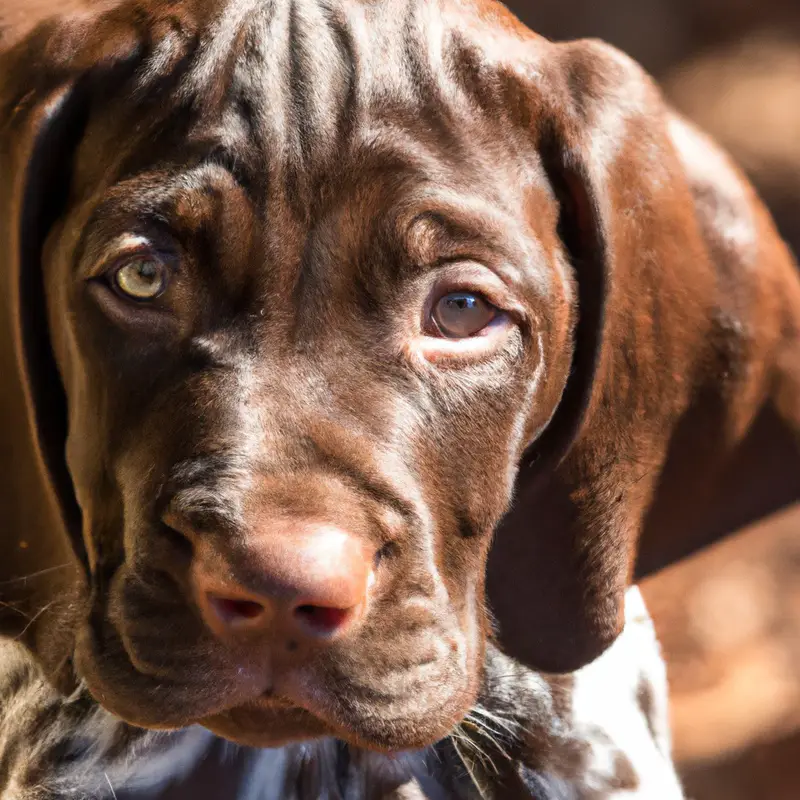
Recognizing Separation Anxiety in German Shorthaired Pointers
Behavioral Signs of Separation Anxiety in German Shorthaired Pointers
Behavioral Signs of Separation Anxiety in German Shorthaired Pointers So, how can you tell if your German Shorthaired Pointer is experiencing separation anxiety? Well, there are a few key behaviors to look out for.
Keep in mind that every dog is unique, but these signs are commonly associated with separation anxiety in this breed:
- Excessive Barking or Howling: If your German Shorthaired Pointer barks or howls excessively when left alone, it could be a sign of separation anxiety. This is their way of expressing distress.
- Destructive Behavior: Is your dog chewing on furniture, shoes, or anything else within their reach when you’re not around? This destructive behavior is another telltale sign of separation anxiety.
- Pacing or Restlessness: German Shorthaired Pointers with separation anxiety often exhibit restless behavior, like pacing back and forth or not settling down even when tired.
- House Soiling: Accidents happen, but if your well-trained dog starts urinating or defecating indoors when left alone, it could be a result of separation anxiety.
- Escape Attempts: Some German Shorthaired Pointers with separation anxiety may try to escape from the house or crate when left alone. They might scratch at doors, windows, or even injure themselves in the process.
If you notice any of these behaviors whenever you leave your German Shorthaired Pointer alone, it’s a good idea to consult with your veterinarian or a professional dog trainer experienced in separation anxiety.
Physical Signs of Separation Anxiety in German Shorthaired Pointers
Recognizing separation anxiety in German Shorthaired Pointers is crucial for their well-being. One of the key ways to identify this condition is by looking out for physical signs.
Here are some common physical signs of separation anxiety in German Shorthaired Pointers:
- Destructive Behavior: If your German Shorthaired Pointer becomes destructive when left alone, such as chewing furniture or digging, it could be a sign of separation anxiety.
- Excessive Barking or Howling: If your dog barks or howls excessively when you’re away, it may indicate anxiety. This behavior can disturb neighbors and is a clear sign of your dog’s distress.
- Pacing or Restlessness: Restlessness, pacing, or constant movement around the house can also be seen in dogs with separation anxiety. They may seem unable to settle down or relax when they’re alone.
- Salivating or Panting: Excessive drooling, salivating, or panting can be signs of anxiety in German Shorthaired Pointers. This can occur even when the temperature is normal, as it is a response to stress.
- Escape Attempts: If your dog tries to escape or becomes excessively focused on finding a way out when you’re not around, it could be a manifestation of separation anxiety.
Recognizing these physical signs can help you identify separation anxiety in your German Shorthaired Pointer.
How to Confirm if Your German Shorthaired Pointer Has Separation Anxiety
To confirm if your German Shorthaired Pointer has separation anxiety, you can look out for some common signs and behaviors. Remember, I’m not a vet, but here are a few things you can observe:
- Destructive Behavior: If your GSP becomes destructive when left alone, such as chewing furniture or tearing up things, it could be a sign of separation anxiety.
- Excessive Barking or Howling: Listen for excessive barking or howling when you’re not home. This could be your pup’s way of expressing their distress.
- Potty Accidents: If your typically well-trained GSP starts having accidents in the house only when you’re away, it could be due to anxiety.
- Escape Attempts: Keep an eye out for any attempts to escape, like scratching at doors or windows, in an effort to find you.
- Overly Clingy Behavior: Your GSP may become excessively clingy, following you around everywhere and showing signs of distress when separated.
Strategies to Help German Shorthaired Pointers with Separation Anxiety
Gradual Desensitization and Counterconditioning
When it comes to helping German Shorthaired Pointers with separation anxiety, two effective strategies are gradual desensitization and counterconditioning. Gradual desensitization involves exposing your dog to the triggers of their anxiety in a controlled and gradual manner.
Start with small steps, such as leaving for a few minutes and gradually increase the time apart.
This helps them build confidence and tolerance. Counterconditioning involves changing your dog’s emotional response to being alone.
You can do this by pairing their alone time with something positive, like special treats or toys.
This helps them associate being alone with positive experiences.
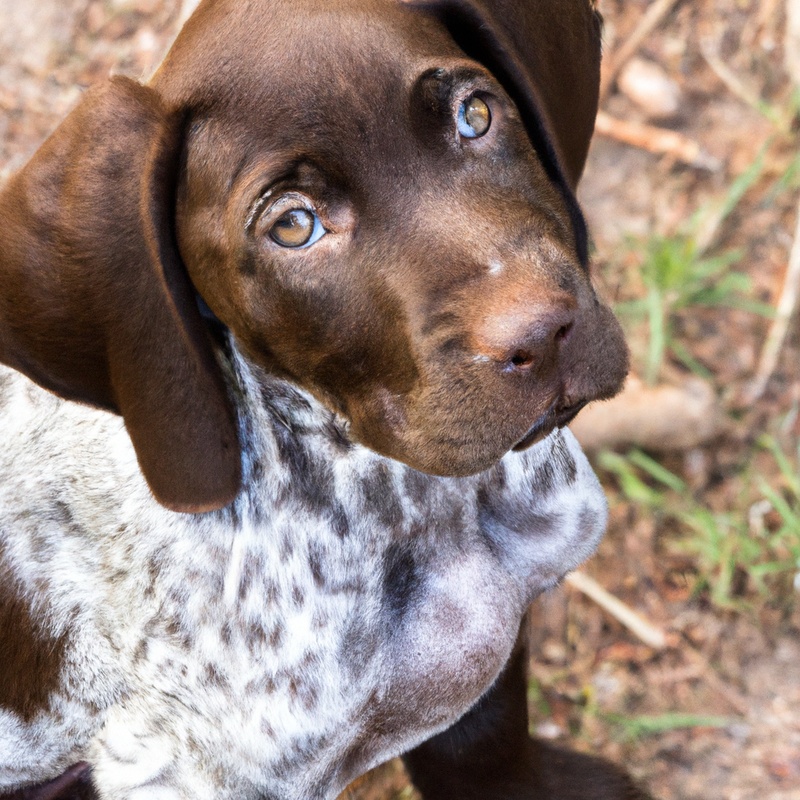
Providing Mental and Physical Stimulation
Providing mental and physical stimulation is key to helping German Shorthaired Pointers with separation anxiety. First and foremost, make sure your pup gets plenty of exercise.
These dogs have lots of energy and need regular, vigorous activities to stay happy and calm.
Take them for long walks, play fetch, or engage in other fun games that get them moving. In addition to physical exercise, mental stimulation is crucial for German Shorthaired Pointers.
These intelligent dogs need mental challenges to keep their minds occupied and prevent boredom.
Consider interactive toys, puzzles, or training sessions to engage their brain. Another great way to provide mental stimulation is through scent work.
These dogs have a keen sense of smell, so hiding treats around the house or using nose work games can keep them entertained and mentally stimulated.
Remember to rotate and vary the activities to keep things interesting for your pup. By providing both mental and physical stimulation, you can help alleviate separation anxiety in German Shorthaired Pointers and create a happier, more well-rounded pet.
Crate Training for Security and Comfort
Crate training can be a helpful strategy to provide security and comfort for German Shorthaired Pointers with separation anxiety. First and foremost, choose an appropriately sized crate that allows your dog to stand, turn around, and lay down comfortably.
Make the crate a positive and inviting space by placing soft bedding, toys, and treats inside.
Start by introducing your dog to the crate gradually, encouraging them to go inside with positive reinforcement. Gradually increase the amount of time your dog spends in the crate, rewarding them for calm behavior.
Remember to never use the crate as a punishment and always make it a positive experience for your furry friend.
Seeking Professional Help for German Shorthaired Pointers with Severe Separation Anxiety
If your German Shorthaired Pointer is experiencing severe separation anxiety, seeking professional help is highly recommended. A professional can provide specialized guidance tailored to your dog’s specific needs.
They can assess the severity of the anxiety and develop a personalized treatment plan.
Professional help may include working with a certified dog trainer or behaviorist who specializes in separation anxiety. They can help you understand the underlying causes and provide techniques to alleviate your dog’s distress.
Preventing Separation Anxiety in German Shorthaired Pointers
Early Socialization and Training
Early socialization and training are key components in raising a well-rounded German Shorthaired Pointer. From the moment you bring your puppy home, it’s important to expose them to different people, animals, and environments.
This helps them develop confidence and adaptability as they grow older.
Introduce your puppy to various experiences, such as car rides, walks in different settings, meeting other dogs and animals, and encounters with unfamiliar people. Make sure these interactions are positive and supervised, allowing your puppy to associate new experiences with fun and pleasant memories.
Enroll your German Shorthaired Pointer in puppy classes or obedience training.
This not only helps to establish a strong bond between you and your dog, but also teaches them basic commands, proper behavior, and how to respond to different situations. Training provides mental stimulation, which is crucial for this intelligent breed.
Remember to be patient and consistent in your training efforts.
German Shorthaired Pointers are eager to please, but they also have a tendency to get easily distracted. Use positive reinforcement techniques, such as treats and praise, to motivate and reward good behavior.
By focusing on early socialization and training, you can help prevent separation anxiety and ensure that your German Shorthaired Pointer grows up to be a well-behaved and confident companion.
Building Independence and Promoting Alone Time
Building independence and promoting alone time are key factors in preventing separation anxiety in German Shorthaired Pointers. One way to do this is by gradually increasing the amount of time your dog spends alone.
Start with short periods and gradually work your way up to longer durations.
This helps them become accustomed to being alone and reduces their reliance on constant human presence. Another effective method is to create a designated space for your dog where they can feel safe and comfortable when left alone.
This can be a specific room or an area with their bed, toys, and water.
By associating this space with positive experiences, such as treats or interactive toys, your dog will learn to enjoy their alone time. Additionally, incorporating puzzle toys and interactive feeders can keep your German Shorthaired Pointer mentally stimulated and occupied while you’re away.
These toys challenge their minds and provide a healthy outlet for their energy.
Maintaining a Consistent Routine and Environment
Maintaining a consistent routine and environment is key when it comes to preventing separation anxiety in German Shorthaired Pointers. Dogs thrive on consistency and predictability, so it’s important to establish a daily routine for feeding, exercise, and playtime.
Stick to a regular schedule, and try to keep changes to a minimum.
Creating a stable and secure environment is also crucial. Provide your German Shorthaired Pointer with a designated space where they can feel safe and comfortable when you’re not around.
Make sure the area includes their bed, toys, and familiar smells.
Avoid rearranging furniture or making drastic changes to their living space, as this can cause stress and anxiety. Additionally, try to gradually acclimate your dog to being alone for longer periods.
Start by leaving them alone for short intervals and gradually increase the time.
This will help them develop confidence and independence.
Caring for German Shorthaired Pointers with Separation Anxiety
Recognizing the Importance of Consistency and Routine
Recognizing the Importance of Consistency and Routine Consistency and routine play a crucial role in the well-being of our furry friends, including German Shorthaired Pointers. By sticking to a consistent schedule and providing a predictable environment, we can help them feel secure and reduce their stress levels.
First and foremost, maintaining a consistent daily routine can help alleviate anxiety in German Shorthaired Pointers.
From feeding times to exercise schedules, try to establish a regular routine that your dog can rely on. This predictability provides a sense of stability and comfort, which can greatly benefit their overall mental and emotional health.
In addition to a consistent routine, it’s important to be consistent in your training methods and expectations.
Dogs thrive on clear expectations and boundaries. By setting and enforcing consistent rules, you can help your German Shorthaired Pointer understand what is expected of them, which can contribute to their sense of security and minimize anxiety.
Another aspect of consistency is ensuring that everyone in the household follows the same rules and routines with your German Shorthaired Pointer.
This helps avoid confusion and mixed messages, as dogs can easily become overwhelmed and anxious when faced with inconsistent commands or expectations from different family members. By recognizing the importance of consistency and routine in caring for your German Shorthaired Pointer, you can create a stable and nurturing environment that promotes their well-being and helps to minimize separation anxiety.
Creating a Safe and Comfortable Space for Your German Shorthaired Pointer
Creating a safe and comfortable space for your German Shorthaired Pointer is essential for their well-being. First and foremost, ensure that the area is free of any hazards such as toxic plants, electrical cords, or sharp objects that they may chew on.
Provide a cozy bed or pet crate where they can retreat to when they feel anxious or tired.
Make sure the space is well-ventilated and at a comfortable temperature. Consider using calming aids such as pheromone diffusers or soothing music to create a relaxing environment.
Lastly, give them plenty of toys and mental stimulation to keep them occupied and prevent boredom.
Engaging in Positive Reinforcement and Training Techniques
Engaging in positive reinforcement and training techniques is key when it comes to helping German Shorthaired Pointers with separation anxiety. First and foremost, it’s important to understand that punishment-based methods can often worsen the anxiety and trust issues that these dogs may already be experiencing.
Instead, focus on positive reinforcement by rewarding good behavior and ignoring or redirecting unwanted behavior.
By incorporating consistent training sessions and using treats, praise, and toys as rewards, you can reinforce positive behaviors and build the bond of trust between you and your German Shorthaired Pointer. This can help alleviate their anxiety when left alone.
It’s also helpful to gradually increase the time they spend alone so they can learn that being alone is not a negative experience.
Implementing crate training can also be beneficial for dogs with separation anxiety. By introducing the crate gradually and making it a positive and safe space, it can provide them with a sense of security and stability when you’re not around.
The Role of Exercise and Mental Stimulation in Alleviating Separation Anxiety
Importance of Regular Exercise for German Shorthaired Pointers
Regular exercise is of utmost importance for German Shorthaired Pointers. It helps them stay physically fit, mentally stimulated, and can greatly reduce their risk of developing separation anxiety.
These energetic dogs thrive on daily physical activities that include walks, runs, playtime, and interactive games.
Exercise not only helps burn off their excess energy, but it also promotes a healthy weight, strengthens their muscles, and improves their overall well-being. Additionally, regular exercise provides an outlet for their natural hunting instincts and can prevent behavior problems that may arise from boredom or pent-up energy.
So, make sure to incorporate exercise into your German Shorthaired Pointer’s routine to keep them happy and healthy.
Incorporating Mental Stimulation Activities
Incorporating mental stimulation activities is essential in addressing separation anxiety in dogs, including German Shorthaired Pointers. Here are some effective strategies:
- Puzzle toys: Engage your dog’s mind by providing interactive toys where they need to figure out how to access treats or toys hidden inside. This keeps them engaged and distracted.
- Training sessions: Regular training not only helps reinforce good behavior but also keeps your dog focused and mentally active. Teach them new tricks and commands to challenge their cognitive abilities.
- Interactive feeding: Instead of simply placing food in a bowl, use puzzle feeders or slow feeders that require your dog to work for their meals. This provides mental stimulation while satisfying their hunger.
- Enrichment games: Engage your dog’s senses by creating scavenger hunts or hiding treats around the house or backyard. This encourages them to use their nose and brain to find the rewards.
- Playdates and socialization: Mental stimulation doesn’t always have to come from toys or games. Arrange playdates with other dogs to provide social interaction, which can help alleviate separation anxiety.
Remember to incorporate these activities into your dog’s routine consistently. Mental stimulation not only helps alleviate separation anxiety but also promotes overall mental well-being and a happier, healthier pup.
Impact of Exercise and Mental Stimulation on Reducing Separation Anxiety
When it comes to reducing separation anxiety in dogs, exercise and mental stimulation play a significant role. First and foremost, regular exercise helps to burn off excess energy and reduce anxiety levels.
Taking your dog for a walk, engaging in play sessions, or participating in activities like agility training can help alleviate their stress and keep them mentally and physically satisfied.
Secondly, mental stimulation is crucial in keeping your dog’s mind occupied and preventing boredom. This can include puzzle toys, interactive games, or training sessions that challenge their problem-solving skills.
By keeping their brain engaged, you can help distract them from the anxiety they may feel when left alone.
Incorporating both exercise and mental stimulation into your dog’s daily routine can make a positive impact on reducing separation anxiety.
Final Verdict
German Shorthaired Pointers can indeed be prone to separation anxiety due to their sensitive and social nature. It is important for every dog owner to be aware of the common signs and factors that contribute to separation anxiety in this breed.
By recognizing and understanding these signs, we can take proactive steps in helping our beloved German Shorthaired Pointers cope with this condition.
Strategies such as gradual desensitization, mental and physical stimulation, and seeking professional help can greatly alleviate their anxiety and improve their well-being. By implementing preventive measures and providing a consistent and nurturing environment, we can minimize the risk of separation anxiety in German Shorthaired Pointers.
Remember, as responsible dog owners, we have the power to make a positive impact on our furry friends’ lives.

